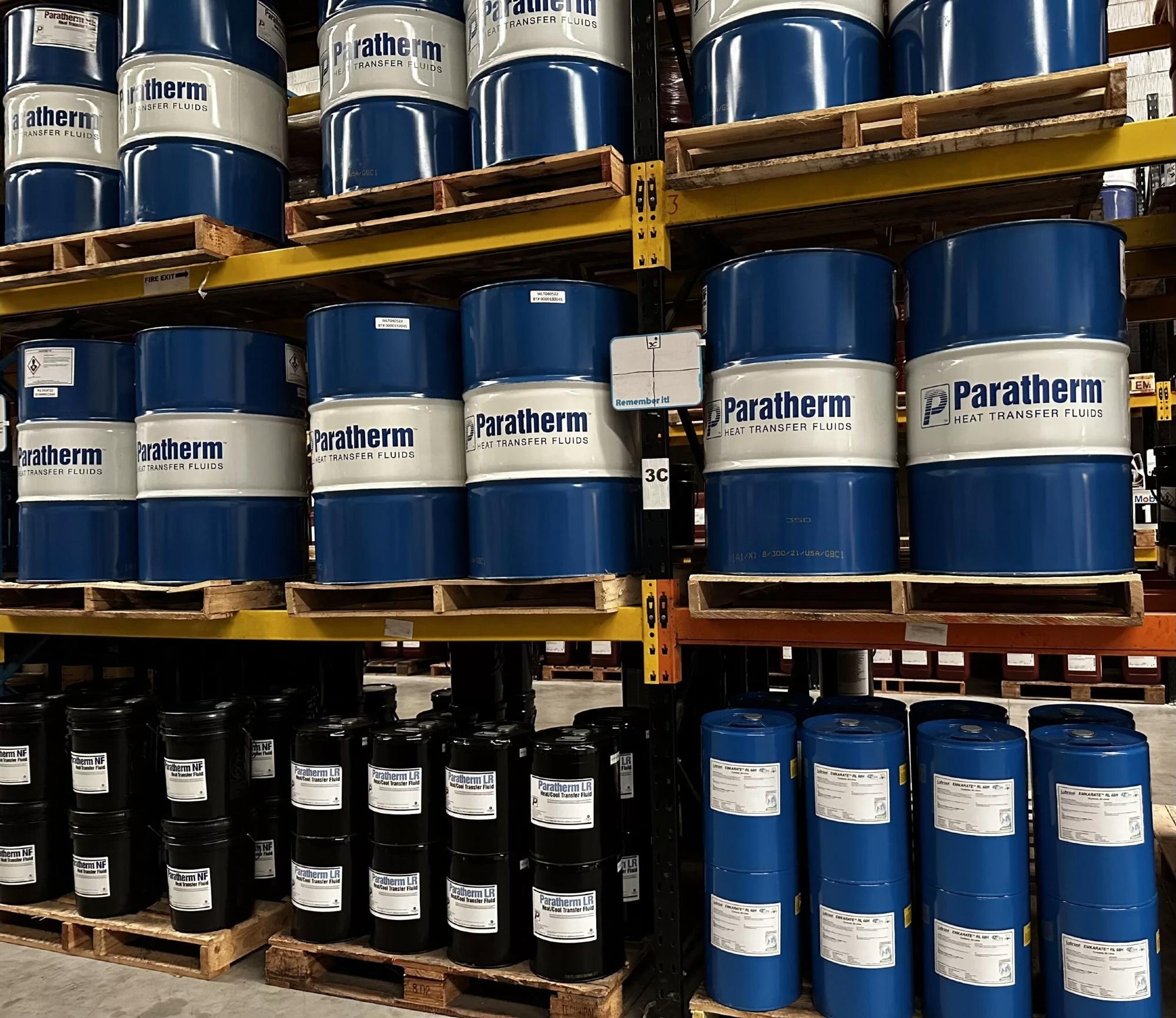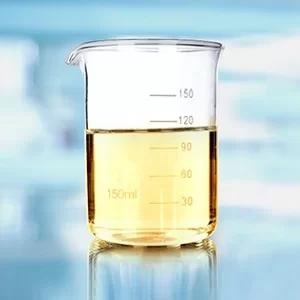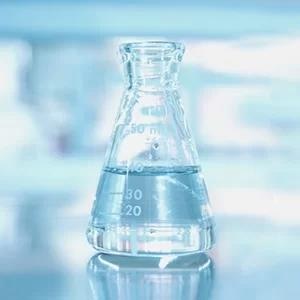Impurities present in raw natural gas require extraction before subsequent processing. Common impurities encompass carbon dioxide, water, hydrogen sulfide, ethane, methane, butane, and volatile organic compounds, such as benzene, ethylbenzene, toluene, and xylene.

Image Credit: The Lubrizol Corporation
Eliminating these impurities from the gas entails a sequence of processes, some of which entail utilizing heat transfer fluids. Appropriately selecting a heat transfer fluid relies on multiple factors, frequently requiring technical assistance from a specialist.
Picking the Right Heat Transfer Fluid for an Application
The primary factor to consider in selecting a heat transfer fluid is its operating temperature. It is crucial to define the fluid's start-up temperature at the point of pumpability. The dedicated pumpability point refers to the temperature at which the fluid's viscosity is approximately 300 centistokes.
Assessing the maximum operating temperature desired for the bulk fluid is essential to determine the appropriate fluid type. Safety procedures and guidelines are established based on the autoignition temperature and flashpoint.
In colder climates, such as Russia, Canada, and certain parts of the United States, the pumpability point poses a critical challenge. Gas processing activities in these regions experience increasing demand, with temperatures occasionally dropping as low as -45 °C during winter.
Some heat transfer fluids designed for low temperatures exhibit exceptionally high viscosities. This poses difficulties during start-up and shipping, emphasizing the significance of the pumpability point for a heat transfer fluid.
Mineral oil-based fluids are the most commonly used heat transfer fluids in gas processing plants. However, new synthetic-based fluids may also be employed depending on the desired and required maximum bulk operating temperatures.
Mineral oil heat transfer fluids are generally suitable for temperatures up to 316 °C, whereas synthetic fluids can be utilized at temperatures exceeding 316 °C and, in some instances, as high as 399 °C.
Gas processing applications favor synthetic and mineral oil-based heat transfer fluids due to their high flashpoints, low vapor pressures, and elevated autoignition temperatures.
Kerosene and diesel are occasionally utilized in petrochemical processes. However, they possess certain disadvantages that hinder their deployment.
Both fuels have low autoignition points and flashpoints, making them highly combustible fluids that require additional health and safety precautions. Moreover, they exhibit significantly higher vapor pressures when operating at higher temperatures than synthetic and mineral-based heat transfer fluids.
Consequently, they vaporize faster, necessitating more frequent fluid change intervals for the system.
Advanced Heat Transfer Fluids for Gas Processing Operations
Leading manufacturers like Paratherm provide advanced heat transfer fluids, technical services, and specialized liquids for gas processing operations.
Paratherm offers the Paratherm HR Heat Transfer Fluid, a fully synthetic and aromatic-based solution with a high upper-temperature limit of 357 °C. This fluid is highly reliable and suitable for demanding refining and distillation applications.

Image Credit: The Lubrizol Corporation
Another synthetic aromatic heat transfer fluid offered by Paratherm is the Paratherm™ GLT, designed for applications with a different temperature range.
It has been proven to deliver long-lasting performance at up to 301 °C, surpassing the start-up temperature of heat transfer fluids based on mineral oil (1-7 °C).
Recognizing the importance of compliance with governmental and environmental regulations and their commitment to protecting the natural world, Paratherm has developed fluids that address these challenges.
For gas processing plants seeking biodegradable and non-toxic heat transfer fluids, particularly for cold-start situations and environmental concerns, Paratherm MR is a suitable choice.
Operating at temperatures up to 288 °C, it features a minimum start-up temperature of 3 °C and a minimum operating temperature of 2 °C.

Image Credit: The Lubrizol Corporation
Paratherm™ NF is another non-fouling and non-toxic heat transfer fluid designed by the company. It offers a maximum recommended operating temperature of 316 °C for use in fired heaters and boasts an excellent minimum start-up temperature of -5 °C.
Paratherm provides specially engineered system-cleaning liquids tailored for various gas processing applications involving heat transfer oils.
These options include solutions for cleaning mineral oil systems during operation and overnight, and products specifically formulated for cleaning systems utilizing synthetic and aromatic heat transfer fluids.
Selecting the Right Solution for Your System
To make well-informed decisions, gas processing plants must meticulously choose the heat transfer fluid they employ.
It is always advisable to thoroughly review the recommendations provided by the original equipment manufacturers before procuring and utilizing heat transfer fluids.
Utilizing an inappropriate product for a given process can lead to subpar performance and, in the most severe cases, costly instances of system downtime, equipment repairs, and even replacements.

This information has been sourced, reviewed and adapted from materials provided by Paratherm.
For more information on this source, please visit Paratherm.